Disappearing Bird Species’ Nesting Debut on Desecheo NWR
Audubon's Shearwaters are nesting on Desecheo Island for the first time ever! Read about how we used social attraction to bring them home.
Restoring islands for nature and people worldwide.
Published on
October 16, 2023
Written by
Island Conservation
Photo credit
Island Conservation

In 2020, botanist Hank Oppenheimer looked over a ridge in the high forests of West Maui and noticed a flowering plant he didn’t recognize. After analysis by botanists across the state, the plant has officially been designated a new species as of September 28th, 2023, found only in Hawai’i: Clermontia hanaulaensis.
This exciting discovery highlights the power of islands to foster unique endemic species that are found nowhere else: the patch Oppenheimer discovered is currently its only known population, with only 100 individuals. Island Conservation got the opportunity to ask Oppenheimer, the Maui Nui Coordinator of the Plant Extinction Prevention Program, about this discovery and its significance!
Initiated by the Hawai’i Rare Plant Recovery Group at the University of Mānoa, the PEPP’s mission is to protect Hawai`i’s rarest plants from extinction. We are committed to reversing the trend toward extinction by managing wild plants, collecting seeds and establishing new populations. We focus on species that have fewer than 50 plants remaining, collaborating with conservation partners who have a shared interest in preserving Hawai`i’s unique biodiversity.
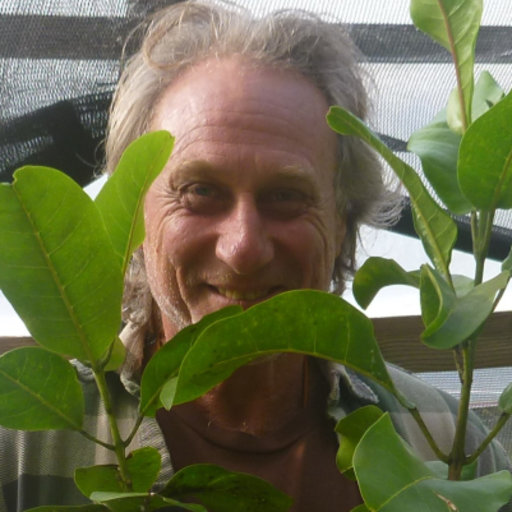
Hank Oppenheimer: To be honest, there aren’t really routine surveys. Our schedule is extremely fluid based on program needs, such as outplanting nursery stock that needs to be outplanted before it gets too large or rootbound; collecting seeds from individuals not yet sampled when their phenology is known; continuing threat abatement such as weed control, slug control, rat control; ungulate exclosure fence inspection, repair or construction.
But we are always on the lookout for anything different, whether a new population of a rare plant, a new weed, or species some of our partners work with such as snails and birds.
Survey work may be done as time allows while conducting other activities. We also do targeted day trips or longer multi-day camping trips to search for new individuals/populations or in areas that have no biological data, or historic locations where species presumed extinct may still be extant.
Hank Oppenheimer: Well, the most obvious trait, even when plants are not flowering, is the distinct branching structure. It has been called candelabra-like and is very similar to Plumeria, with which it also shares a milky white sap when damaged. However, Plumeria and Clermontia are in different families.
Hank Oppenheimer: The size and color of the flowers. If I had not been there when they were flowering it would have been easy to assume they may have belonged to another species; there are several in the area.

Hank Oppenheimer: First, it must be compared to known species. This involves researching the peer-reviewed literature for previously published taxa. Digital images are easy to share and circulate to get other knowledgeable botanists’ opinions. Studies at herbaria such as Bishop Museum, National Tropical Botanical Garden and Smithsonian Institution of previously collected material is also imperative.
It is increasingly important to document Hawai`i’s unique biodiversity before it disappears, and in doing so it helps gain support to preserve these species and their habitats.
Hank Oppenheimer: There is continuing study of where the original colonist came from, how they reached these islands, how long ago those dispersal events occurred, etc. Also the interaction between the pollinators and dispersal agents such as birds, moths, flies, bees and other insects most of which are also endemic to Hawai`i, a single island, or a single volcano and may also be new to science, rare, and in need of conservation action.
Hank Oppenheimer: The challenges are many, but not unsurmountable. Some of the obstacles are long-term funding, recruiting, training, and retaining personnel whether field staff, horticulturists, etc. Some of the challenges are related to the long-term storage of material as a back- up safety net, or identifying soil fungus that are necessary for species of orchids for example. Propagation of our ferns as well as the storage of their spores is another understudied area. Other issues are logistical such as access via helicopter, bad weather, breeding systems (male & female flowers on different plants in separate areas for one example), competing with other program needs, etc.
Benefits often depend on your personal beliefs. These species have a right to exist, don’t they? Are they of no value if they are not edible, or not a cure for Malady X?
Ultimately, they are part of the ecosystems and biotic communities that provide the water that sustains us. They also have immeasurable cultural importance to Native Hawaiians.
Islands are known biodiversity hotspots, but their richness is under threat from invasive species that outcompete or predate on native species. Island Conservation works around the world to protect rare and important island ecosystems like the one that fostered Clermontia hanaulaensis. Turn your love of plants and the natural world in to action by supporting us in restoring and rewilding islands today!
Check out other journal entries we think you might be interested in.
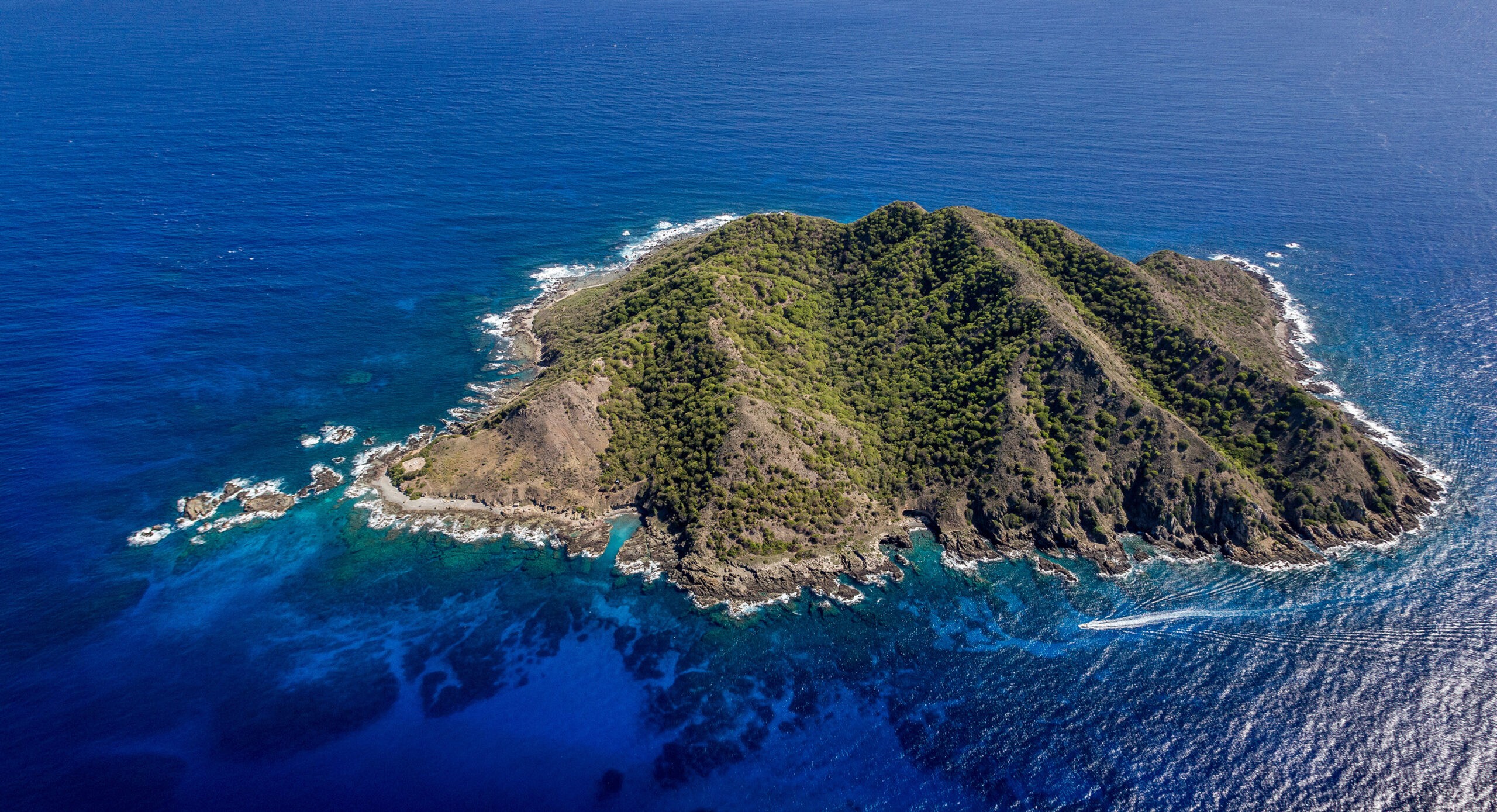
Audubon's Shearwaters are nesting on Desecheo Island for the first time ever! Read about how we used social attraction to bring them home.
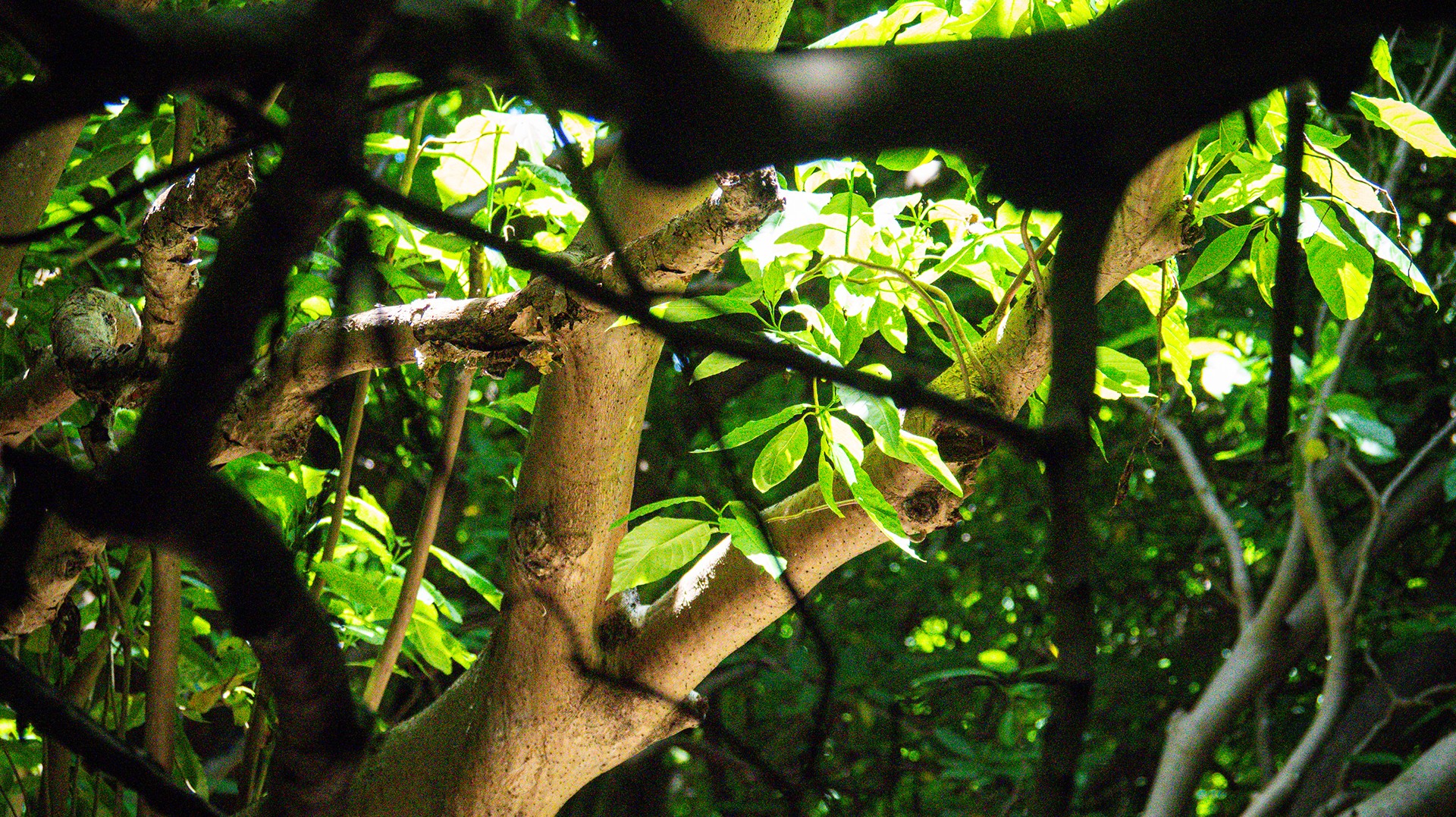
Island Conservation and partners have published a new paper quantifying ecosystem resilience on restored islands!
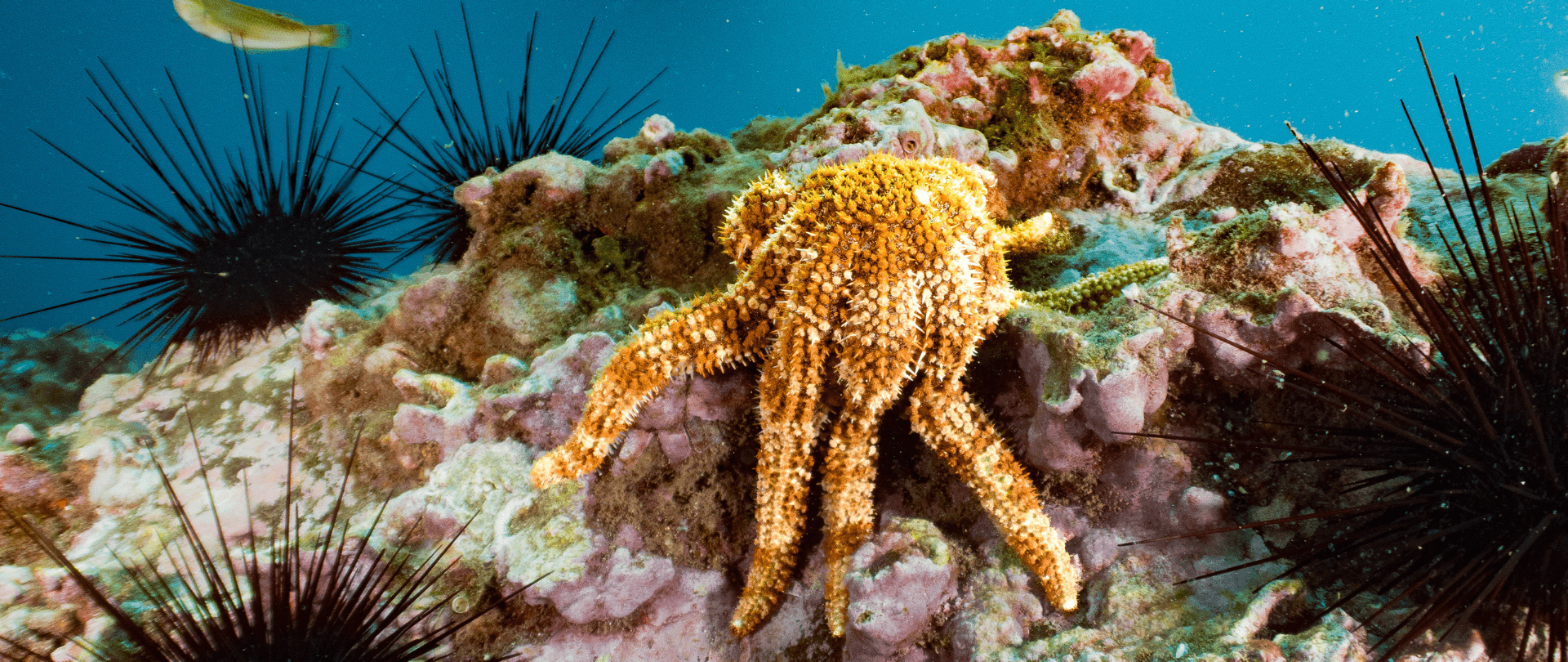
New research shows the vital link between island restoration, healthy seabird populations, and resilient, thriving coral reefs!
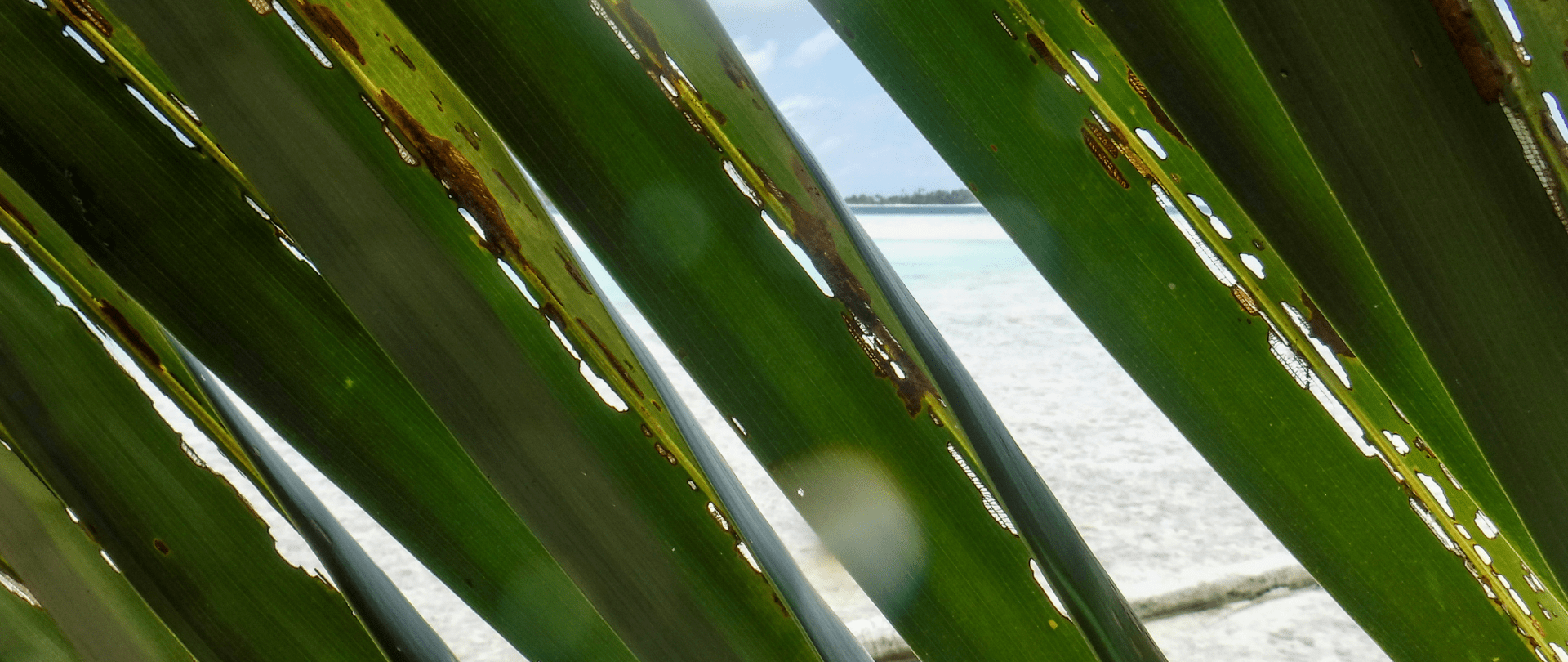
Researchers on Palmyra Atoll have discovered the best methods for removing invasive coconut palms and restoring native plants!
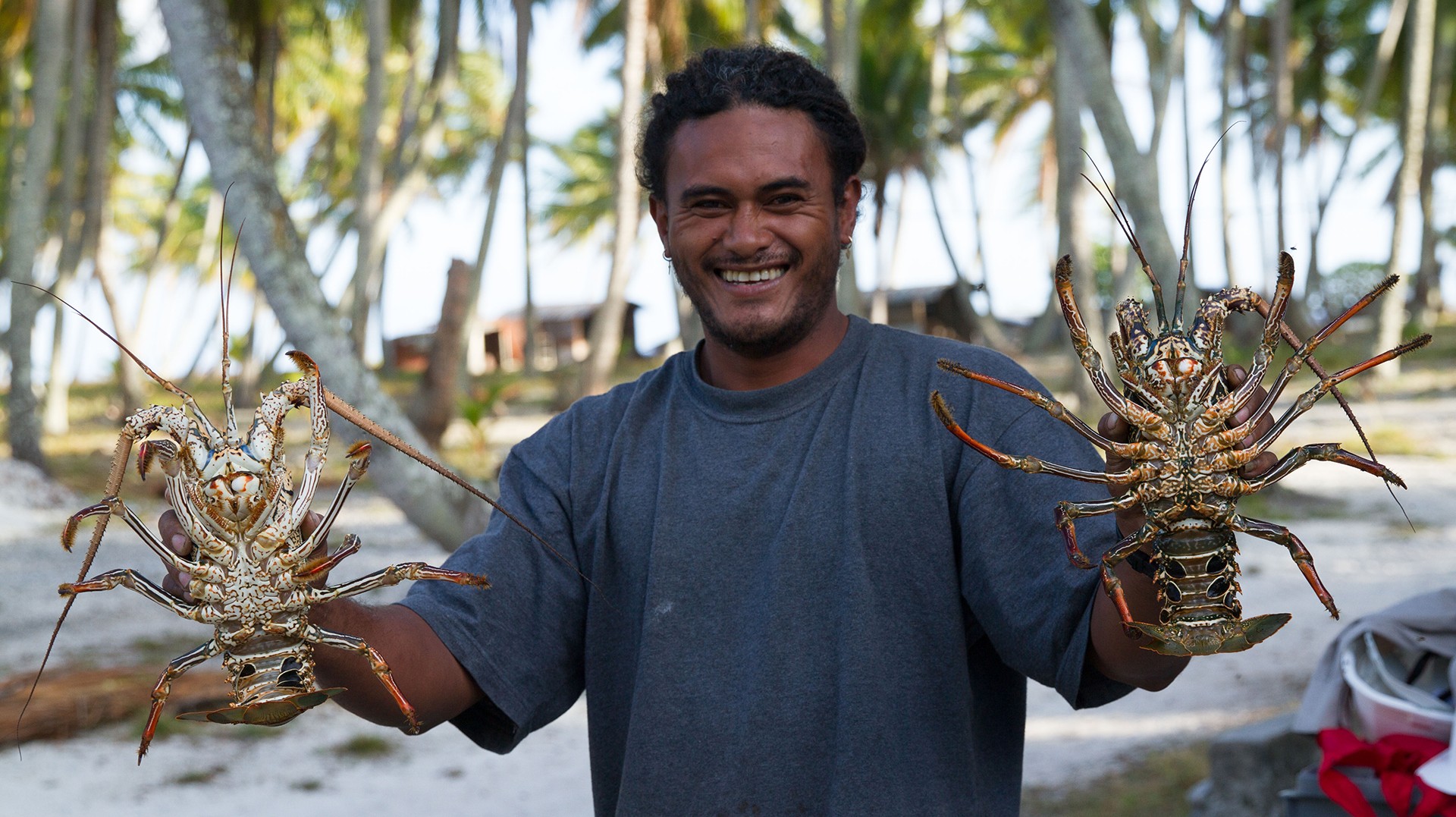
Researchers establish explicit connections between invasive vertebrate eradication on islands and socioeconomic and human health benefits to island communities, addressing global sustainable development targets. RELEASED: August 13, 2020 at 9:00 AM PST Media contact: Claudio Uribe, Island Conservation;claudio.uribe@islandconservation.orgResources: Research paper,…
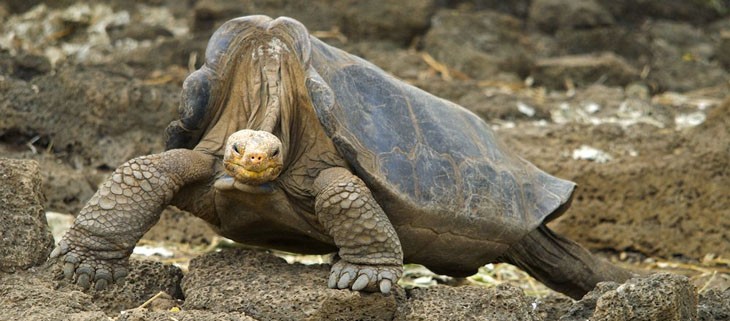
Lonesome George who died in 2012 and was previously thought to be the last world’s last Pinta Galapagos Giant Tortoise but a new discovery could mean there are more out there. Lonesome George was considered to be the ‘endling’ of…

Island Conservation Director of Conservation, Erin Hagen, speaks with WIRED about a recent UN report and the benefits of invasive species removal on islands. Two reports published this month reveal the threats species around the world are facing. One report…
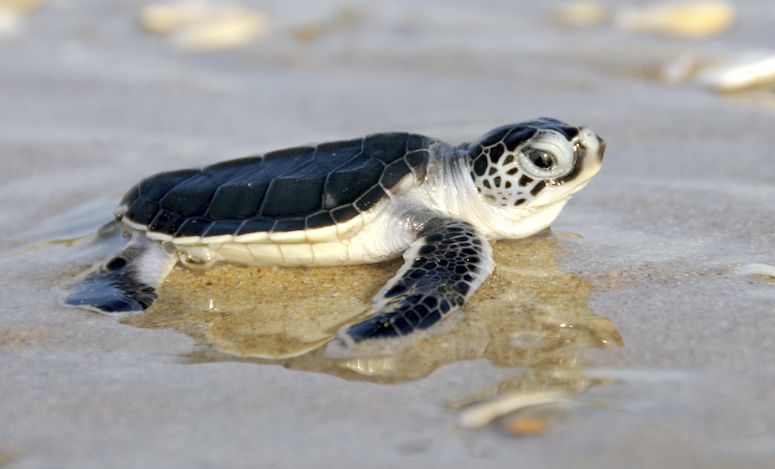
The Green Sea Turtle is making a comeback! This endangered species had a successful year of breeding in 2015 at Florida’s Archie Carr National Wildlife Refuge. Researchers found 14,152 nests at the end of the egg-laying season. Since green sea…